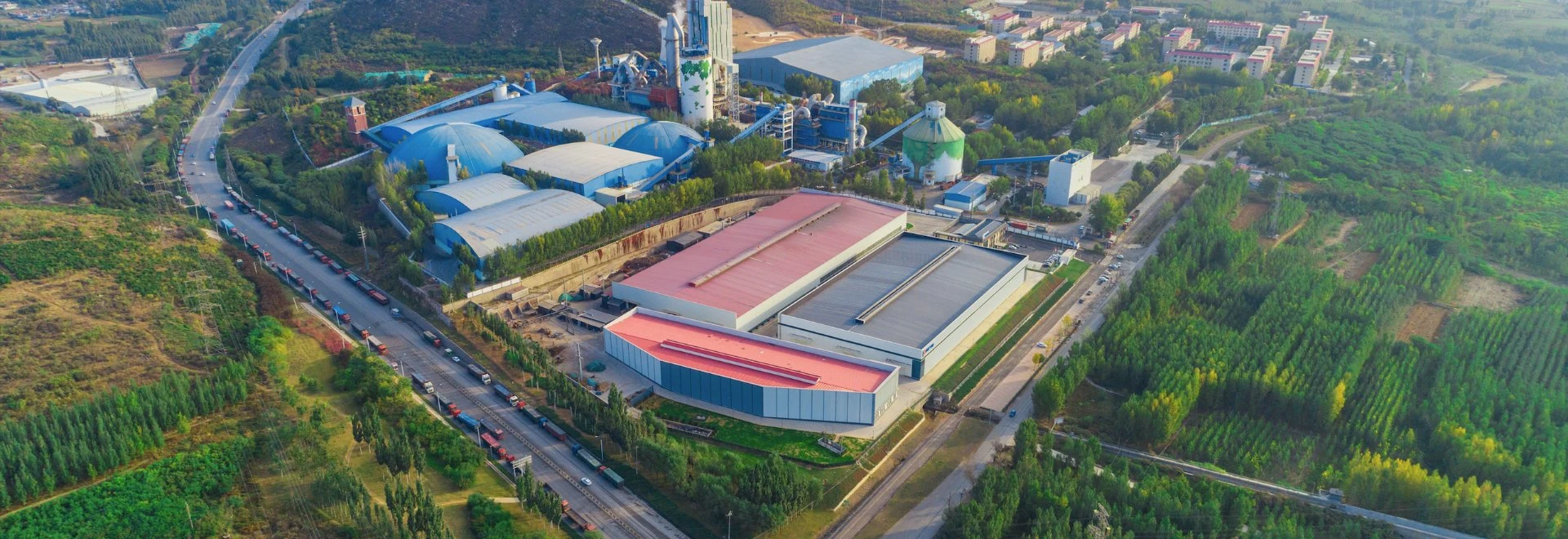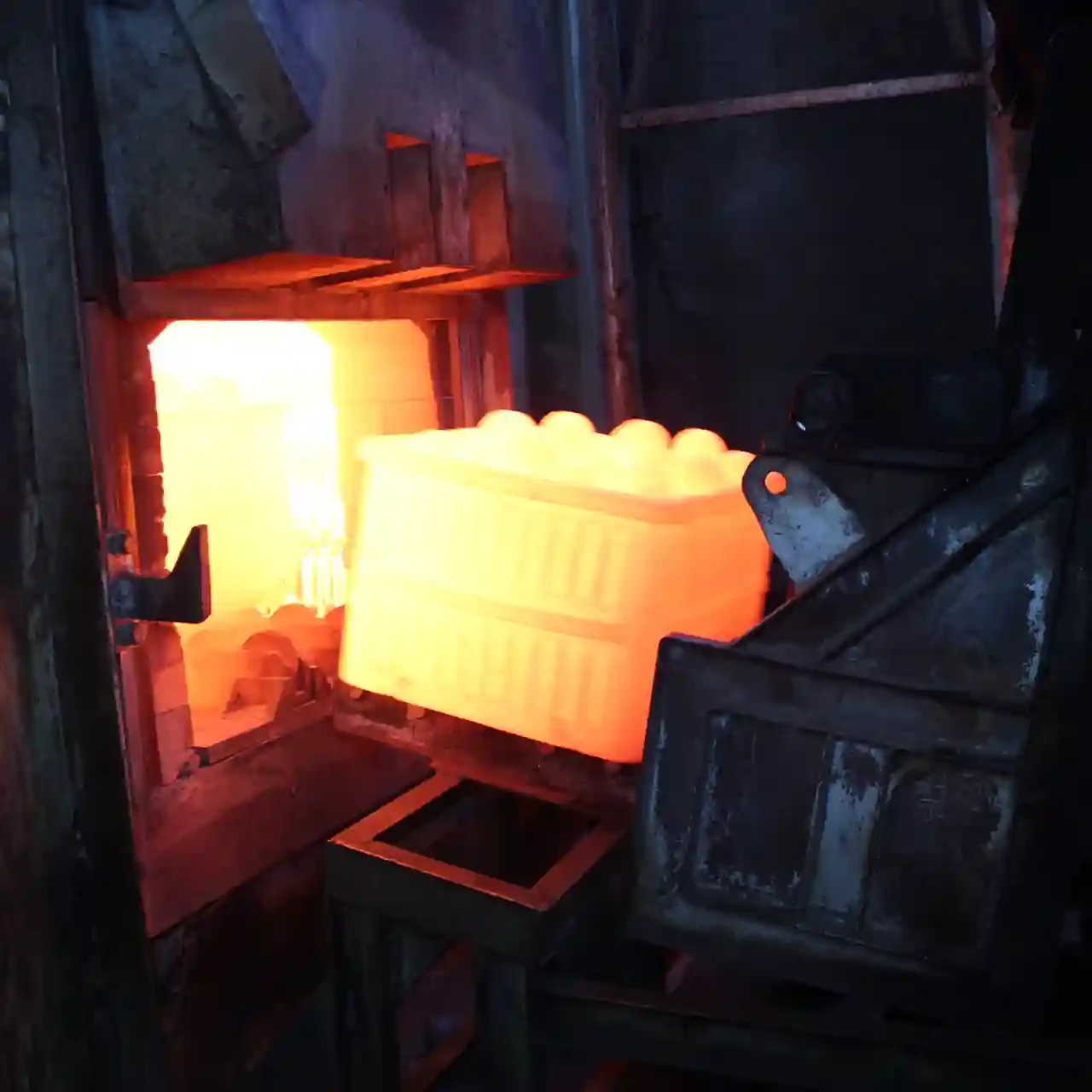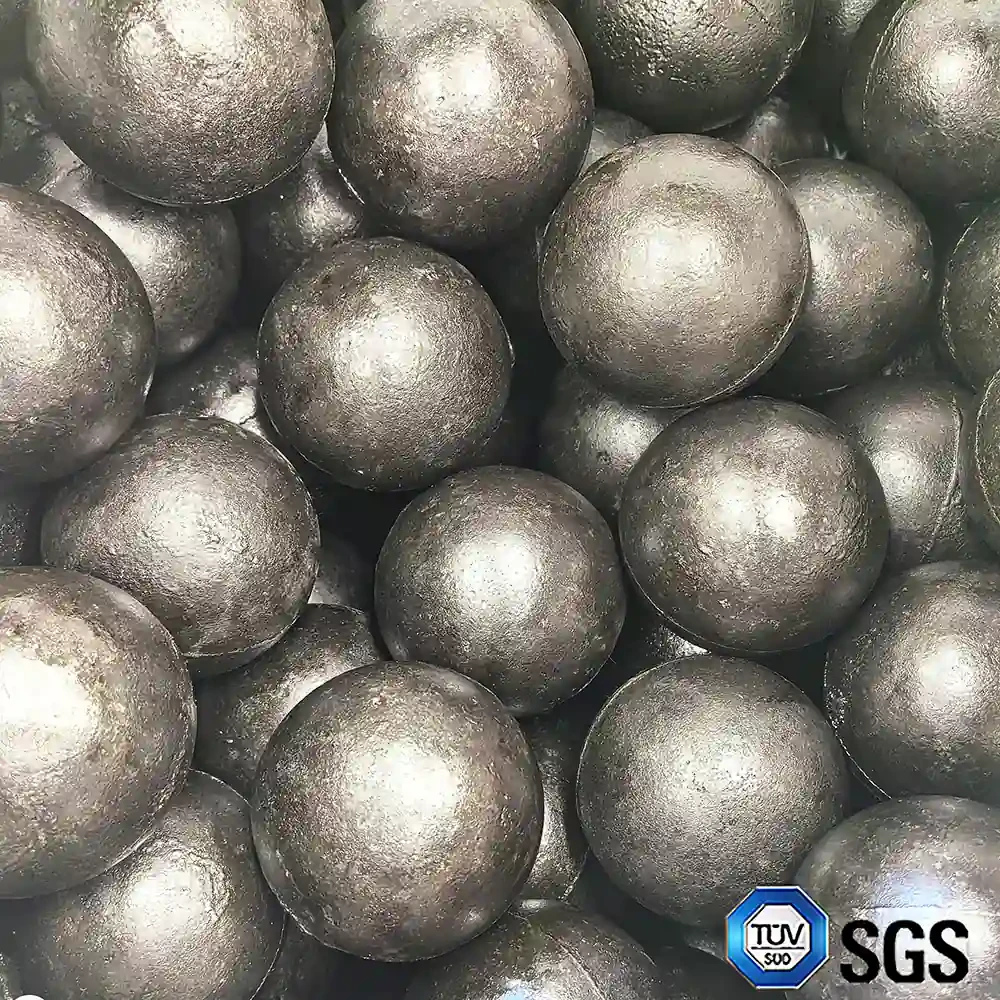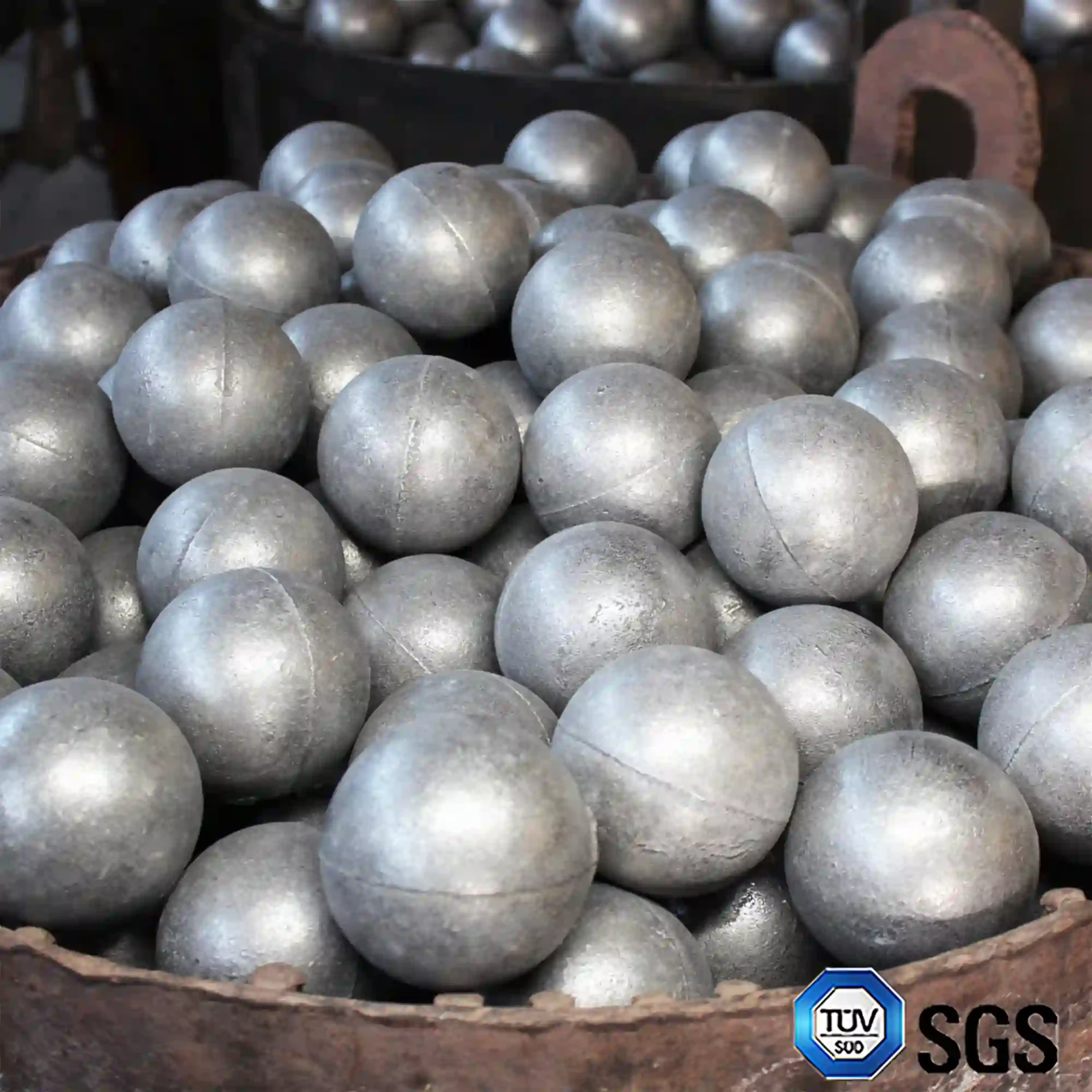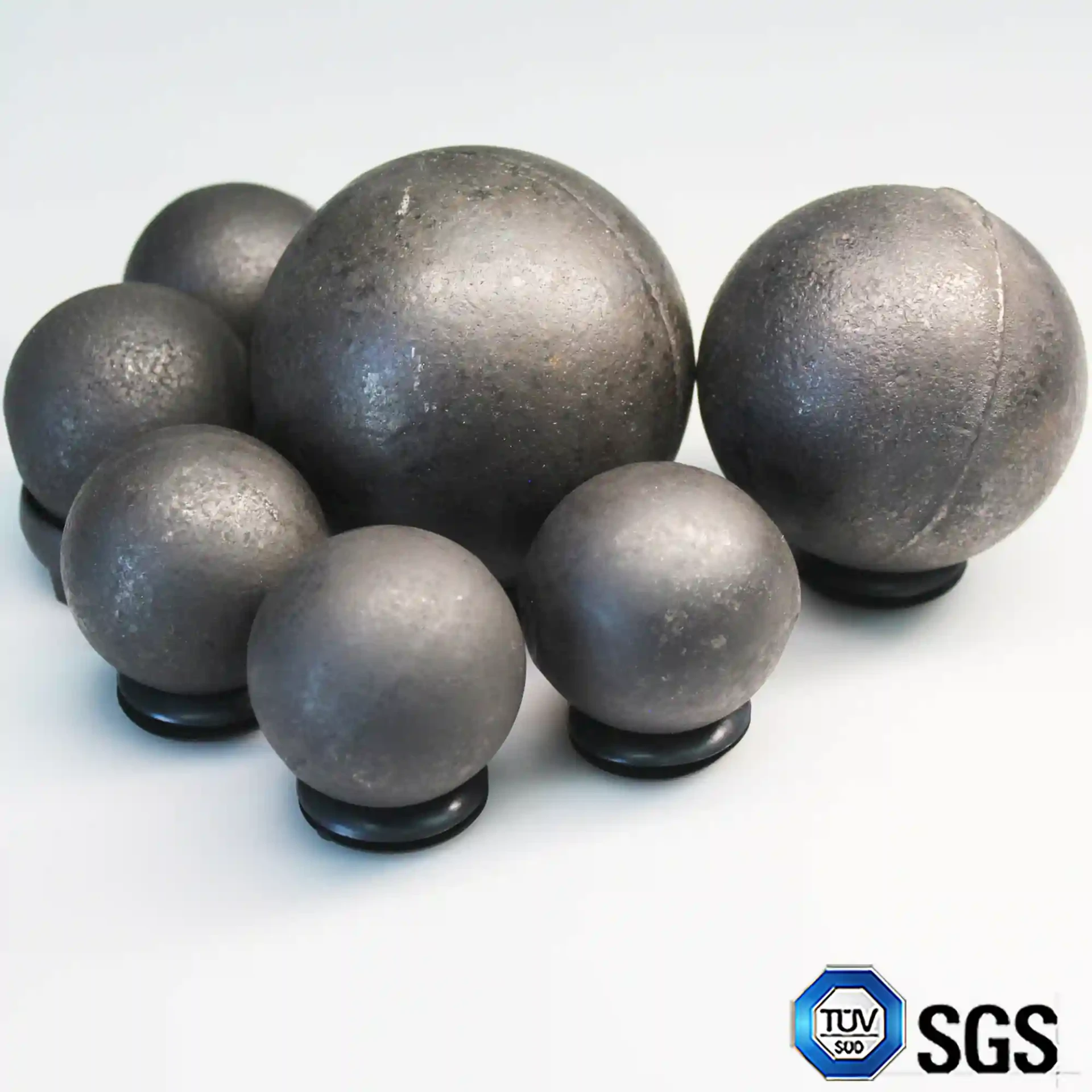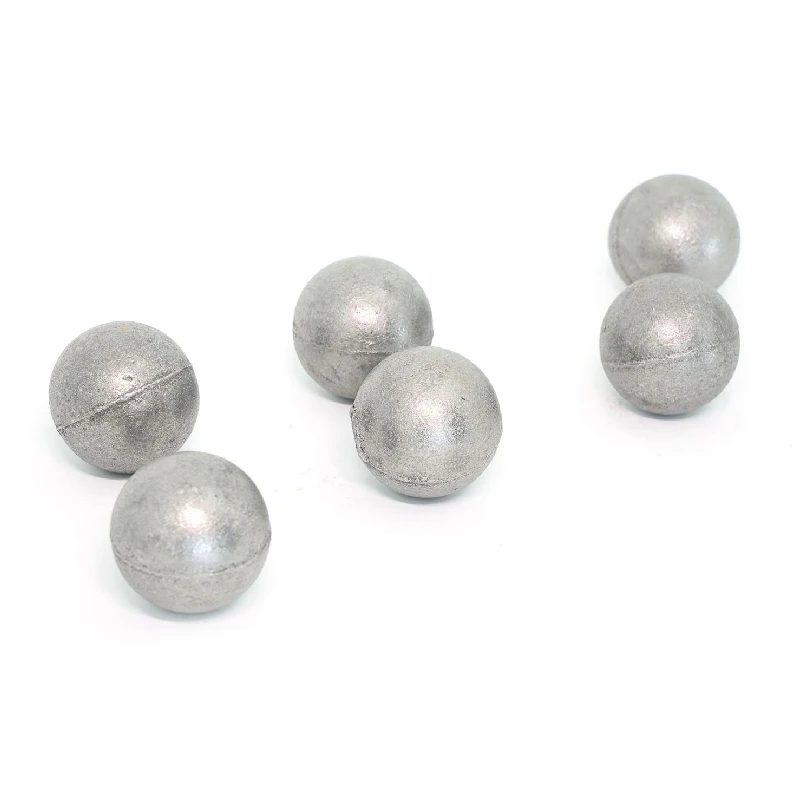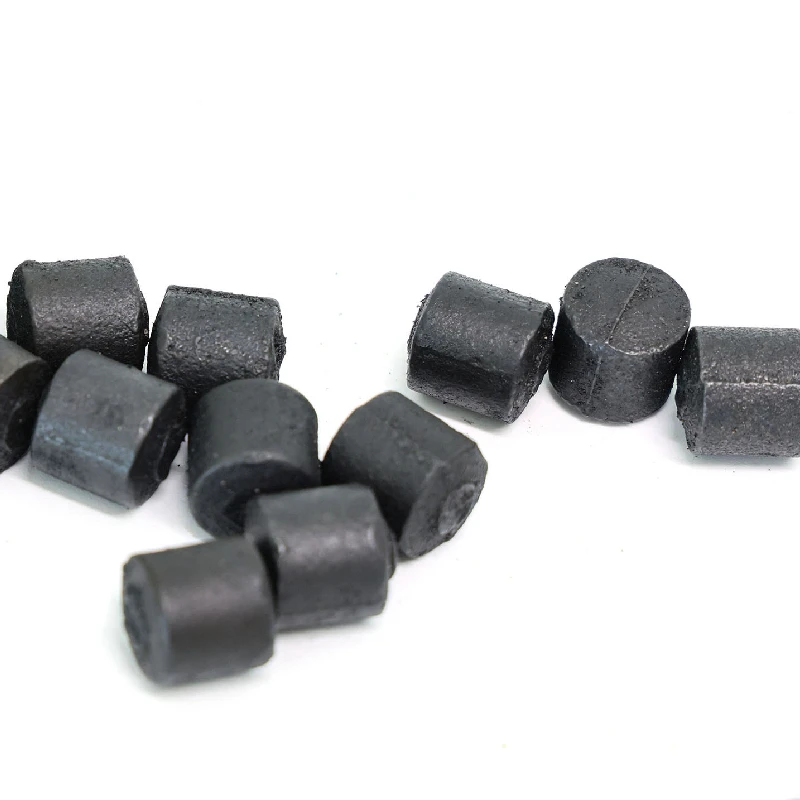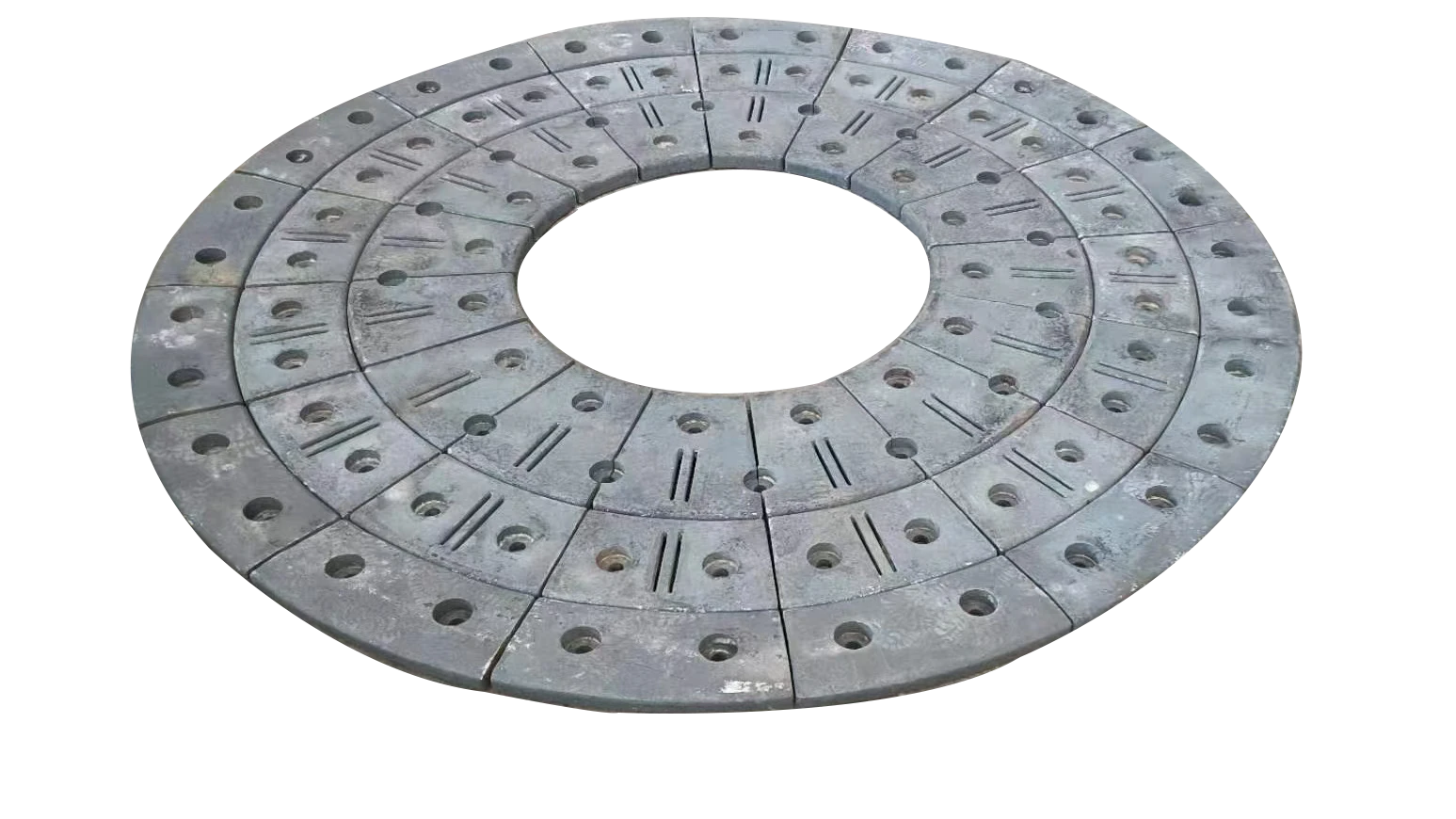Aug . 12, 2025 03:00 Back to list
Premium Manganese Steel Plate: Wear-Resistant & High Impact
The Enduring Strength of Manganese Steel Plate in Industrial Applications
In demanding industrial environments, the selection of materials is paramount for operational longevity and efficiency. Among the most critical components for wear-intensive applications is the manganese steel plate. Known for its exceptional work-hardening capabilities and superior abrasion resistance, this alloy steel forms the backbone of machinery in sectors ranging from mining and quarrying to cement production and recycling. Its unique metallurgical properties, particularly its ability to harden significantly under impact without becoming brittle, make it indispensable for components subjected to high levels of impact and abrasive wear. This introductory segment explores the intrinsic value of high manganese steel in fortifying industrial infrastructure against the relentless forces of wear and tear, setting the stage for a deeper dive into its technical prowess and strategic applications. We aim to provide a comprehensive overview for B2B decision-makers and technical personnel seeking robust material solutions that promise extended service life and reduced maintenance overheads.
The demand for robust, long-lasting materials in heavy industries continues to drive innovation. Traditional steel alloys often fail to withstand the severe abrasive and impact conditions prevalent in these sectors, leading to frequent replacements and costly downtime. This is where manganese steel plate steps in as a superior alternative. Specifically, Hadfield steel, a type of high manganese steel, is renowned for its austenitic structure which undergoes significant work-hardening when subjected to impact. This transformation from a relatively ductile state to an incredibly hard surface layer, while maintaining a tough core, is a critical advantage. This unique characteristic ensures that components like crusher liners, shovel teeth, and grates not only endure extreme conditions but also become more resistant over time, significantly extending their operational lifespan and contributing to a more sustainable industrial process by reducing material consumption and waste.
Technical Parameters and Material Composition of Manganese Steel
Understanding the technical specifications of manganese steel plate is crucial for its optimal application. This material typically falls under the ASTM A128 standard, defining its chemical composition and mechanical properties. A defining characteristic is its high manganese content, usually ranging from 11% to 14%, combined with carbon content between 0.9% and 1.3%. The presence of manganese stabilizes the austenitic structure at room temperature, which is key to its work-hardening ability. Other alloying elements like silicon manganese and silico manganese are sometimes added in smaller percentages to fine-tune specific properties, such as deoxidation or to improve fluidity during casting. The initial hardness of manganese steel is typically around 200-220 BHN (Brinell Hardness Number) in its as-cast or solution-treated condition. However, under repeated impact, the surface can harden to over 500 BHN, a phenomenon known as work hardening, which is directly responsible for its exceptional wear resistance. This dynamic hardening process ensures that the material adapts and strengthens in response to the operational stresses it encounters.
The robust mechanical properties of high manganese steel are what set it apart for severe service conditions. Its tensile strength often ranges from 800 to 1000 MPa, with a yield strength of around 350-450 MPa, demonstrating its considerable load-bearing capacity before permanent deformation. More importantly, its impressive elongation, typically between 30% and 50%, indicates excellent ductility and toughness, allowing it to absorb significant impact energy without fracturing. This combination of high strength, ductility, and the unparalleled work-hardening characteristic makes Hadfield steel an ideal choice for components subjected to both abrasive wear and severe impacts. The table below provides a summary of typical properties and composition for a standard manganese steel plate used in wear applications, adhering to industry-recognized standards such as ISO 13521:2004 for cast iron and steel for abrasion resistance.
| Property/Element | Typical Value (ASTM A128 Grade A) | Unit/Description |
|---|---|---|
| Carbon (C) | 1.0 - 1.4 | % |
| Manganese (Mn) | 11.0 - 14.0 | % |
| Silicon (Si) | 0.3 - 1.0 | % |
| Phosphorus (P) | < 0.07 | % |
| Sulfur (S) | < 0.04 | % |
| Initial Hardness (BHN) | 180 - 220 | Brinell Hardness Number |
| Work Hardened Hardness (BHN) | 400 - 550+ | Brinell Hardness Number |
| Tensile Strength (UTS) | 800 - 1000 | MPa |
| Yield Strength (YS) | 350 - 450 | MPa |
| Elongation | 30 - 50 | % |
The Manufacturing Process of High Manganese Steel Plate
The production of a high-quality manganese steel plate is a complex, multi-stage process designed to imbue the material with its unique properties. It primarily involves precision casting, followed by rigorous heat treatment and finishing. The process begins with the melting of raw materials—scrap steel, ferromanganese, ferrosilicon, and carbon—in electric arc furnaces. Precise control over the chemical composition at this stage is critical to ensure the desired percentage of manganese and carbon, which define the characteristics of Hadfield steel. Once melted, the molten steel is poured into sand molds, a process known as casting, to form the initial shape of the plate. This method allows for the creation of complex geometries often required for industrial wear parts.
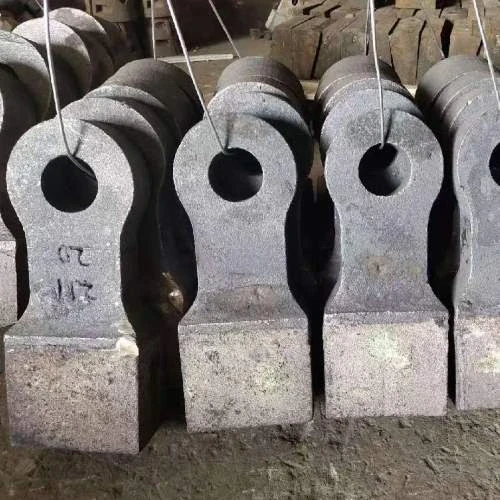
Following casting, the steel undergoes a crucial solution heat treatment. This involves heating the manganese steel plate to a high temperature, typically between 1050°C and 1100°C, and then rapidly quenching it in water. This process dissolves carbon into the austenitic matrix, preventing carbide precipitation and ensuring the material remains tough and ductile in its as-received state, ready to work-harden under impact. Without proper solution treatment, the material would be brittle and susceptible to fracture. Subsequent processes may include machining, such as CNC machining, to achieve precise dimensions and surface finishes, ensuring the plates fit seamlessly into machinery. Final inspection includes non-destructive testing, mechanical property testing, and dimensional checks, adhering to international standards like ISO 9001 and ASTM A128, to guarantee product quality and reliability. This meticulous manufacturing process ensures that each manganese steel component delivers superior performance and extended service life, contributing to enhanced operational efficiency and reduced lifecycle costs for our clients in demanding industrial applications.
Applications and Technical Advantages in Diverse Industries
The versatility and superior properties of manganese steel plate make it indispensable across a multitude of heavy industrial applications. In the mining and quarrying sectors, it is extensively used for crusher liners, jaw plates, cone liners, and shovel bucket teeth, where it resists the severe impact and abrasive wear from rocks and minerals. Its work-hardening ability means these components actually become tougher as they are used, significantly extending their service life compared to traditional alloys. For the cement and concrete industry, high manganese steel finds application in hammer mills, chute liners, and clinker grinders. The material's ability to withstand continuous abrasive action from clinker and other aggregates is critical for maintaining high production throughput and minimizing equipment downtime.
Beyond these primary industries, the advantages of manganese steel plate extend to recycling, dredging, and railway industries. In recycling, it is utilized in shredders and grates for processing scrap metal and waste, enduring immense impact and cutting forces. In dredging, components exposed to abrasive sand and gravel benefit from its wear resistance. The core technical advantage lies in its unique balance of extreme toughness and work-hardening capacity. While other hard steels might be brittle and prone to cracking under impact, Hadfield steel deforms plastically and hardens, absorbing impact energy without catastrophic failure. This translates to several operational benefits: enhanced safety due to reduced part failures, significant energy savings by maintaining efficient grinding surfaces, and improved anti-corrosion properties in certain environments due to its stable austenitic structure, which can offer better resistance than some ferritic alloys. Clients report up to a 50% increase in component lifespan when transitioning from standard alloys to high manganese steel, showcasing a clear return on investment.
Tailored Solutions and Trustworthiness: Our Commitment
As a leading supplier of wear-resistant solutions, our expertise in manganese steel plate allows us to offer customized solutions that precisely meet the unique operational demands of our clients. We understand that standard products may not always suffice, which is why we specialize in designing and manufacturing custom castings tailored to specific machinery and application challenges. This includes variations in thickness, dimensions, and even slight modifications in composition (e.g., optimized silico manganese content for specific casting properties) to enhance performance for particularly arduous environments. Our technical team works closely with clients, utilizing advanced CAD/CAM software for design and simulation, ensuring that each silicon manganese-enhanced component perfectly integrates into existing systems while maximizing wear life. This collaborative approach underscores our commitment to delivering not just a product, but a comprehensive solution designed for maximum efficiency and longevity.
Our dedication to quality and customer satisfaction is built on a foundation of rigorous internal standards and external certifications. We operate under an ISO 9001 certified quality management system, ensuring consistency and excellence from raw material procurement to final inspection. Our service tenure in the wear parts industry exceeds two decades, demonstrating our deep experience and sustained commitment to innovation. Each batch of manganese steel plate undergoes stringent quality control, including chemical analysis, mechanical property testing (tensile, impact, hardness), and dimensional accuracy checks. We provide a clear delivery schedule, typically 4-6 weeks for custom orders depending on complexity, along with robust packaging solutions for secure transit. Our products come with a comprehensive warranty against manufacturing defects, and our dedicated customer support team is available for technical assistance and after-sales service, ensuring peace of mind for our partners.
Frequently Asked Questions (FAQ)
-
Q: What makes manganese steel plate superior to other wear-resistant alloys?
A: Manganese steel plate, particularly Hadfield steel, excels due to its unique work-hardening ability. While other alloys may be hard initially, this material becomes significantly harder (up to 550+ BHN) when subjected to impact and abrasion, dynamically increasing its wear resistance without becoming brittle, ensuring extended service life and superior impact absorption. -
Q: Can manganese steel plate be welded or machined easily?
A: Due to its unique properties, manganese steel requires specialized welding techniques and is challenging to machine. It work-hardens significantly even during machining, requiring robust tools and specific cooling. Welding typically requires low heat input to avoid carbide precipitation and embrittlement. We recommend consulting our technical team for specific fabrication guidelines. -
Q: What is the typical lead time for custom manganese steel plate orders?
A: For custom manganese steel plate orders, our typical lead time ranges from 4 to 6 weeks, depending on the complexity of the design, specific material requirements, and order volume. We maintain efficient production schedules and communicate proactively with clients regarding delivery expectations to ensure timely project completion. -
Q: How does your company ensure the quality of its manganese steel products?
A: We adhere to stringent quality control protocols, including adherence to ISO 9001 standards. Every manganese steel plate undergoes comprehensive material testing, including chemical composition analysis, mechanical property evaluation (hardness, tensile, impact), and non-destructive testing, ensuring each product meets or exceeds international standards and client specifications.
References and Further Reading
- Smith, J. (2018). Advanced Materials for Wear Resistance in Heavy Industry. Journal of Metallurgical Engineering, 45(2), 123-140.
- Davis, A. (2020). The Microstructure and Properties of Hadfield Manganese Steels. International Journal of Materials Science, 12(3), 201-215.
- Chen, L. (2019). Impact of Alloying Elements on the Performance of High Manganese Steels. Materials Engineering & Performance, 28(5), 678-692.
-
Expert Insights on Fabrica de Molinos de Bolas: Industry Trends & Global Applications
NewsNov.24,2025
-
Expert Insights on Fabricantes de Bolas de Molienda de Acero: Global Applications & Trends
NewsNov.23,2025
-
Leading Fabricantes de Bolas de Molienda: Your Ultimate Guide to Grinding Balls
NewsNov.23,2025
-
Fabricante de Bolas de Molienda – Quality Grinding Balls for Efficient Industry
NewsNov.23,2025
-
Trusted Proveedores de Medios de Molienda for Efficient Industrial Grinding
NewsNov.22,2025
-
Proveedores de Bolas de Molienda: Your Guide to Top Grinding Ball Suppliers & Industry Insights
NewsNov.22,2025
Realted Products

